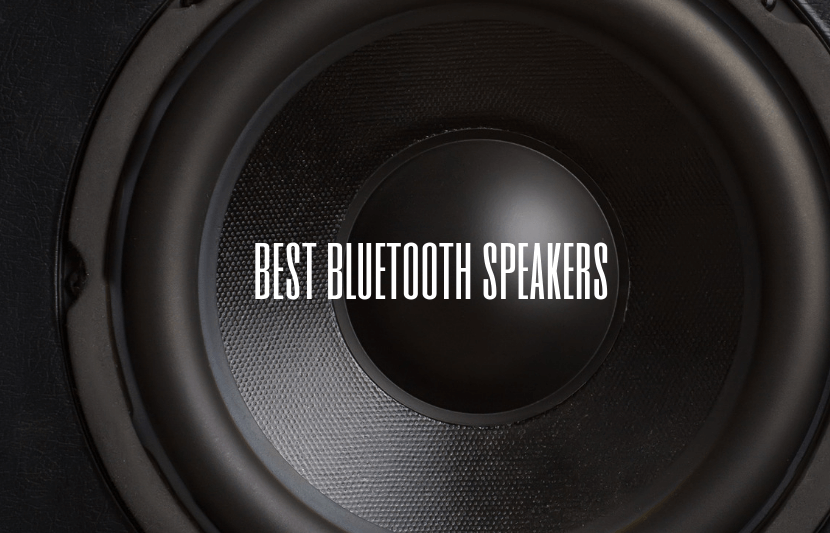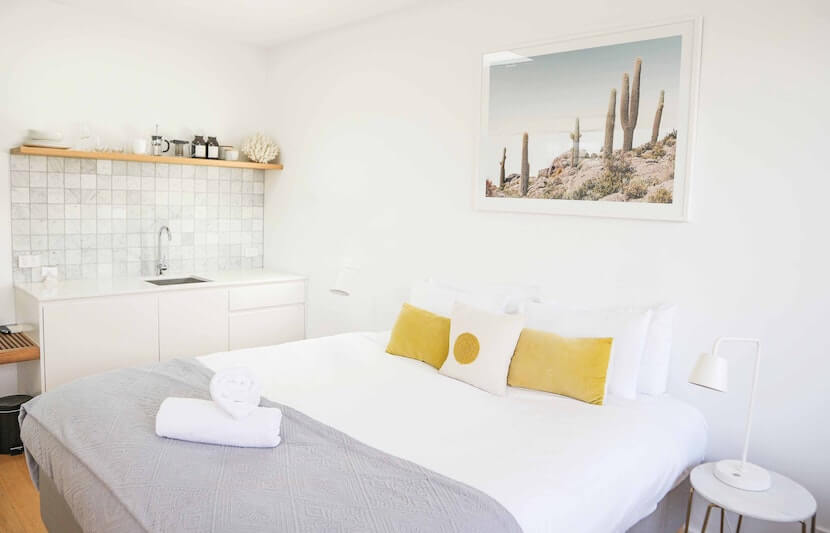See if this scenario sounds familiar: It’s a typical winter night. Frosty winter air is seeping through the cracks of your poorly-insulated dorm room window. Shivering, you crank up the heat before you go to bed. Sweet relief, if only for a moment. Only a couple of hours pass by before you wake up in a panic, gasping for air and reaching desperately for a glass of water. It seems that the dry winter air and even drier air pumping out of your heater have combined in lethal fashion, robbing your dorm room of any semblance of moisture.
If you’ve had a similar experience, you will want to invest in a humidifier for your dorm room. The air quality in dorms is often awful, and because much of the school year falls in the winter months, unbearably dry air is a problem many students have to deal with at some point during their college experiences. Overly dry air can not only leave you feeling dehydrated with cracked lips and flaky skin, but it can also make you sick. Purchasing a humidifier is an instant fix that makes your living conditions more comfortable and healthier. And that’s not all they do. Humidifiers can also help reduce pollen, providing relief for those with fall and springtime allergies.
When choosing a humidifier for your dorm room, there are a number of considerations you’ll want to factor into your decision. Humidifiers come in many shapes and sizes, so we’ve compiled a list of the best humidifiers for dorm living, based on the following qualities:
Size
Dorm rooms are small spaces, so you’ll want a humidifier designed for a bedroom, not a large common space. This is important for a couple of reasons. You don’t want a big, clunky appliance that takes up valuable space and is hard to transport. The average dorm room is somewhere between 130 and 200 square feet, so you’ll want something small. You certainly won’t need a humidifier designed to pump gallons of moist air into a 3,000 square foot space. You don’t want your humidifier to turn your bedroom into a jungle.
Ease of use
You don’t want your humidifier to become an inconvenience. Before you make a decision on which humidifier to buy, check the instructions. Are the settings simple and user-friendly? Is it easy to refill? How difficult is it to clean? Are there any parts — like a filter or a wick — that you will eventually need to replace?
Noise
In a small room, any little bit of extra noise is irritating. There are plenty of humidifier options that make little to no noise, so there’s no reason to settle for one that has a noisy fan or makes an off-putting gurgling noise.
Mist settings
Check to see what kind of mist functions the humidifier you’re opting for has. Most humidifiers have settings that allow you to control the amount of moisture being produced. Some also have timer functions, so that you can set your humidifier to run on a timed cycle and you won’t have to continually monitor its activity. Some humidifiers have additional mist functions that control how the mist is dispersed throughout the room. Being able to customize your mist function is especially useful for people with allergies.
Heating function
Do you want your humidifier to produce warm or cold mist? If you’re living in a cold climate, you might seek out a model that can also warm the room up a bit. If you’re in SoCal, not so much.
Safety
You might not think a humidifier can be dangerous, but you would be wrong. Steam humidifiers that produce hot mist can burn you to the touch. Humidifiers that don’t automatically shut off when the water runs out could also be a safety risk if left on overnight.
Energy efficiency
No need for your comfort to come at the cost of the environment. Seek out humidifiers with timers and automatic shut-off to conserve energy.
Warranty
Like it or not, all appliances break, and it’s nice to have some guarantee that you aren’t going to be out $50 or more if your humidifier stops working after only a couple of uses.
Humidistat
Some humidifiers have a humidistat that measures the humidity level of the room it’s in and signals the unit to turn off automatically when the room reaches a preset humidity level. This function can help prevent over-humidification, which can cause moisture to build up on windows and encourage the growth of mildew and mold. For most students, this probably isn’t a necessary function, but still something to consider.
Oil Diffuser
It’s definitely not necessary, but having a humidifier with a built-in oil diffuser is pretty nice. Oil diffusers come in handy whether you’re sick or you want to get rid of that dirty laundry smell in your room. Throw in a couple of drops of eucalyptus or peppermint oil, and you and your room will be feeling fresh.
Appearance
Some of you might not care what your humidifier looks like, but there’s no reason to choose a model that’s a complete eyesore. Many humidifiers these days have modern designs, and some are even decked out with slick displays or multi-color LED lights.
Price
Assuming that as a student you want something cheap, you’ll probably want to stray from models that cost over $100. It’s simply unnecessary; there are perfectly good options for a fraction of the price.
Types of Humidifiers
When choosing a humidifier, it’s important to select the type that works best for you. There are 4 main types of humidifiers, each of which achieves the same effect through different means.
Evaporative/Wick Humidifier
In evaporative humidifiers, also known as wick humidifiers, a small fan brings in dry air, which passes through a “wick” filter that is saturated in water. Moist air is then pumped back out.
Pros:
- Easy to clean
- Good for asthma and allergies
Cons:
- Noisy due to fan
- Need to replace filters in order to prevent accumulation and spread of bacteria
Steam Humidifier
Steam humidifiers heat water to create vapor, which is typically cooled before being released. Because the water is heated, bacteria is less likely to accumulate.
Pros:
- Low risk of bacterial contamination
- Can add inhalants to treat colds
- Quiet
Cons:
- Heat can cause burns
- Inefficient
- Difficult to clean
Impeller/Cool Mist Humidifier
Impellers, or cool mist humidifiers, are the most common types of humidifiers. They use a rotating disk that sends water through a diffuser, creating a cool mist. They use a filter to prevent bacteria from accumulating and are relatively easy to clean.
Pros:
- Cool, refreshing vapor
- Easy to clean
- Filter reduces risk of bacterial contamination
Cons:
- Mineral dust accumulates
- Can be noisy
Ultrasonic Humidifier
Ultrasonic humidifiers can produce cool and warm mist. They use a “diaphragm” that produces ultrasonic vibrations to create vapor. They do not require filters, are quiet, and use little power.
Pros:
- Energy efficient
- Quiet
- No hot surfaces
- Easy to clean
Cons:
- Must be cleaned frequently
- Mineral dust accumulates
- Bacteria can accumulate
The Little Guy — ASAKUKI 500ml Premium, Essential Oil Diffuser
The Silent-But-Deadly — Everlasting Comfort Ultrasonic Cool Mist Humidifier
The Air Freshener — VAVA Humidifiers for Bedroom
The Do-It-All — VAVA Humidifiers for Large Room
This option gives you everything you could possibly need: warm and cool mist options; an LED display; and a built-in humidistat. What more could you ask for?
The Lazy Boy — Honeywell Easy to Care Cool Mist Humidifier
The Best Deal — iTvanila Ultrasonic Humidifier
In this article we highlighted items from Amazon, but you can find some awesome deals and coupons from Best Buy, Newegg and other brands on our Save Engine.



















